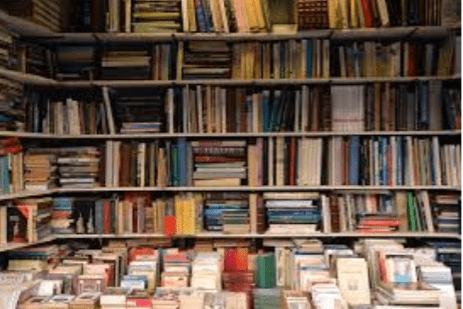I’ve been at the high school for two and a half years, and since then my teachers have made me read hours worth of chapters every week. I don’t think I’ve ever gone more than two weeks without discussing or reading a book for school. This being said, I’ve recently reflected on the best novels I’ve had to read. As of February in my junior year, I think I’ve had to read 20 books, including summer reading, and of course not including text books. However I think I’m missing a few that might not have left the greatest impression that my teachers had hoped for on me. Here are my favorite school-issued books:
- A Tale of Two Cities by Charles Dickens
I’ll admit that this wasn’t my favorite when I first started reading it. A little hard to understand at first, it takes a while to get what Dickens is saying. But, the extra effort becomes worth it with the ending. It’s really, really satisfying.
- The Glass Castle by Jeannette Walls
I loved this book! It’s a summer reading book, and I read it in a span of three days on the beach. It was one of those books that’s hard to put down- and the discussions in class are really great! I’d definitely recommend this book to not just high school students. In fact, my sister who’s in college is reading it right now! (With all my sophomore annotations).
- The Absolutely True Diary of a Part-Time Indian by Sherman Alexie
I have to say that this is the only in-school book that I’ve finished early. Not only did it teach the horrible conditions that American Indians go through today, but it’s really well written. I read it freshman year, so my memory is a little hazy- but for freshman me to willingly read a school issued book when it isn’t assigned is pretty amazing.

Gabbi, I agree with so much that you have here!! Although I wouldn’t say that Diary of a Part Time Indian is one of my favorites, even though I still think it’s a really good book. I’ve been conflicted about the Sherman Alexie controversy since I’ve known about it and I feel like it’s the first thing I think of whenever I hear about the book or the author. It’s so common now have to choose whether or not you can “separate the artist from the art,” as we hear so often, and this book is such a good example of that because the book did so much for the native population’s visibility in society. -Lane
I like the idea that you used here to give recommendations to students so that they will take your observations into account when they read the books we are assigned for school. I would have to agree that A Tale of Two Cities cracks my top favorite books that we have read because of the poignant imagery that Dickens uses and his extended metaphor of cycles and the elements of wind/air/fire/water. I do, however, disagree with the other two books chosen in your top two. I definitely found it hard to put down both books because of the shock factor and the ability to relate to the narrators as they were similar in age. However I found that I loved many of the other books that we read more, such as The House of the Spirits and The Great Gatsby for their more developed characters and beautiful language. But for high school students, I would say that the ability to pull students in and make them enjoy reading is a honorable quality especially in this technological age.
I think it’s interesting here that one of the books you mentioned (A Tale of Two Cities) is well-known for the literary elements of the book, and is a solid choice to read in school particularly because of Dickens’ identifiable use of symbolism, whereas the other two books are more popular because of the messages they convey, and the more worldly view they give us as readers. Personally, I did not really enjoy reading A Tale of Two Cities, because it was so difficult to understand (*cough* reading quizzes *cough*), and because I felt that the literary elements felt like they fit a little too perfectly into the molds/themes that certain symbols typically fit in to. For example, every time there was fire, the fire precisely symbolized one of the things that Foster said it symbolizes in literature. To that end, I just felt like analyzing the book was a bit too cut-and-dried.